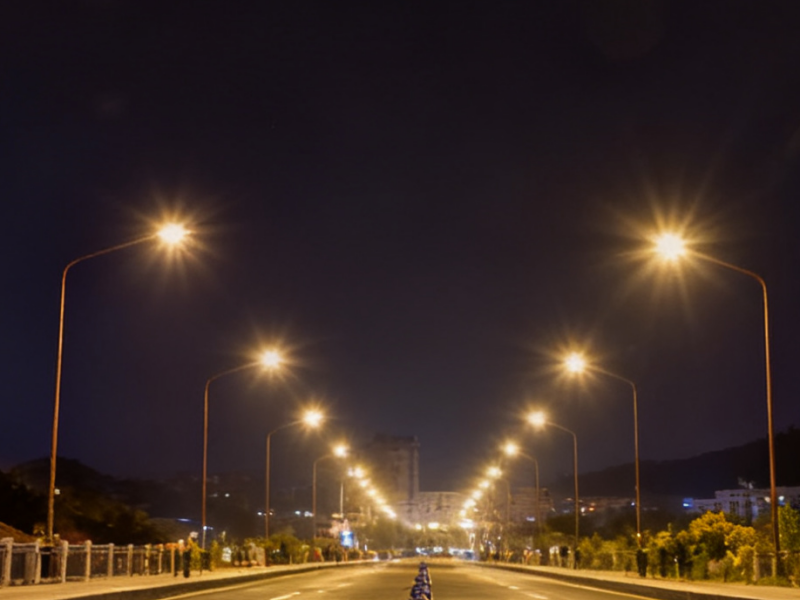There are currently approximately 282 million streetlights worldwide, and this number is projected to reach 338.9 million by 2025. Streetlights account for approximately 40% of any city’s electricity budget, which translates to tens of millions of dollars for large cities. What if these lights could be made more efficient? Dimming them at certain times, turning them off completely when not needed, and so on? Crucially, these costs could be reduced.
What make LED municipal street lights smart? The lighting infrastructure features are designed to enhance efficiency, productivity, and service. Connectivity is key, and by connecting streetlights to the network, cities can become even smarter. One approach is to install a network adapter in every streetlight—whether it’s a high-pressure sodium lamp or an LED. This enables centralized monitoring of all streetlights, potentially saving cities millions of dollars in electricity costs and reducing their overall carbon footprint.
Take Singapore, for example. With 100,000 streetlights, Singapore spends $25 million annually on electricity. By implementing the above system, Singapore can connect these streetlights for $10 million to $13 million, saving approximately $10 million annually once connected. The return on investment takes approximately 16 months to begin. Inefficiencies arise when the system is not interconnected. In addition to saving energy and reducing emissions, smart streetlights also enable predictive maintenance. The ability to monitor the city’s “pulse” with real-time data means hardware failures can be detected immediately and even predicted in advance. Eliminating the need for on-site engineers to perform scheduled physical inspections can significantly reduce a city’s repair and maintenance costs while optimizing the lifespan of its hardware. For example, after dark, there’s no need to hire full-time personnel to drive around the city looking for broken streetlights.
Imagine a streetlight next to a billboard that stays lit for several hours. While the billboard is lit, the streetlight may not be needed. A significant advantage of connecting sensors to the network is that they can update in real time as conditions change. They can also be adjusted as needed to provide more lighting in high-crime areas or areas with a history of traffic accidents, for example. Streetlights can be individually adjusted (via their IP addresses) to operate at different brightness levels, turn off or on at specific times, and more. But there’s more. Once the platform is connected, it can be integrated with other elements of the city. Wirelessly enhanced power infrastructure—streetlights—pave the way for real-time analysis of weather, pollution, public security, parking, and traffic data by embedding environmental sensors and third-party technologies, helping cities become more cost-effective and efficient.
TIANXIANG LED street lights offer high luminous efficiency and low reflection loss, saving energy. Digital brightness control further reduces power consumption. No high voltage is required, providing enhanced safety. Software-based automatic brightness control allows for remote control of brightness. They provide ultra-bright and high-color rendering lighting for special situations such as accidents, fog, and rain. Installation and maintenance are simple; modular installation eliminates redundant wiring, resulting in no light pollution or waste. Their long lifespan means they don’t need frequent replacement, reducing potential traffic disruptions and lowering maintenance costs.
Post time: Oct-09-2025

